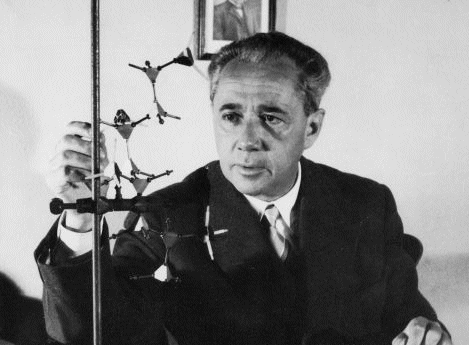How +Lab's 3D printing research transformed the dental industry
A new dental B2B service changed the hearts and minds of dental professionals who for decades were accustomed to using antiquated materials or techniques to reinforce smiles. For in-house production, dental technicians traditionally welded metal alloys such as chrome cobalt or milled titanium, zirconia, PEEK/Pekkton blocks/discs, but each came with its drawbacks. Production was either costly, slow, or used weak-performing materials that broke, detached or required additional surface treatments. The search began for better ways to restore smiles: fast and easy with beautiful, long-lasting results.
Over the past 10 years, other areas of dentistry experienced an increase in demand and consumption of digital tools and materials such as intraoral scanners, design and planning software, CAD/CAM milling and 3D printing. Significant improvements in dental reinforcements, however, remained stagnant. It wasn’t until Hi-Fiber’s new, efficient technology and workflow enabled labs and clinics to offer natural looking, feeling, and acting dentures that sparked a new revolution for dental reinforcements.
(Video: Professor Marinella Levi discusses discovery of new 3D printing technology)
Hi-Fiber allowed dental labs and clinics to order online and design custom, strong, natural-behaving dental frameworks or substructures made in Italy. Hi-Fiber was 3D printed in continuous fiber composite material and provided structural support to dentures. They were also used for bridges and splints. Hi-Fiber offered one of the highest quality results in aesthetics, adhesion and resistance compared to metal, carbon fiber, plastic or ceramic alternatives. It reduced the use of large, expensive machinery, precious resources, and significant protocol changes to make reinforcement structures. Hi-Fiber innovated dentistry thanks to the research and technology developed at +Lab, the first 3D printing laboratory of Politecnico di Milano.

(Photo: Giulio Natta, Italian chemist winner of the Nobel Prize in Chemistry 1963. Source: http://www.natta.polimi.it/Natta/Galleria/gallery.htm. Photo taken before 1979.)
A discovery that led to new 3D printing process
The 3D printing technology behind Hi-Fiber began in the building named after 1963 Nobel prize laureate for research in high polymers, the Department of Chemistry, Materials and Chemical Engineering "Giulio Natta", of Politecnico di Milano University where +Lab is located. The department for those unfamiliar, has a common vision: “that the sciences and technologies of chemistry, chemical and materials engineering, and life sciences contribute significantly to the identification of safe, economical and sustainable solutions to current challenges in multi-disciplinary fields such as industrial processes, civil and industrial security, energy, health, the food sector, the environment and renewable resources.”
In 2016, a project called Atropos, a robotic system for 3D printing high-strength, continuous fiber composites, was developed by +Lab researchers Michele Tonizzo and Gabriele Natale. In 2017, the project won the JEC Innovation Award and was a finalist for the James Dyson Award. This was the basis for the innovative Continuous Fiber Manufacturing (CFM) process and marked a major advancement in 3D printing history and later for dental prosthetics.
That same year dental professionals learned of this newly developed technology and applied it to the production of dental reinforcements. Continuous fiber composite dental reinforcements were previously handmade in a messy, imprecise and unrepeatable way. The new 3D printing capability exclusive to Hi-Fiber, set a new standard and generation for the future of dentistry. It combined all the benefits and needs into one simple to use product without sacrificing high performance, function, or quality aesthetics. It created what today can be considered the all-in-one dental reinforcement.

(Photo: Gabriele Natale, Dr. Andrea Nicali, Prof. Marinella Levi and Gianluca Brandolini meeting at +Lab)
The team of 3D printing experts found a way to use digital models or stl files from intraoral scanning and impressions of patients’ medical images to 3D print structures that followed the contour of each patients’ gums and tailored dental treatment. After several clinical test phases, further research and development, and now with cases at the six-year follow up mark, the results from the initial research made in +Lab continues to trailblaze advancements in dental innovation.
The importance and contribution of +Lab’s research to dentistry
There are more than a thousand people who can smile, eat, talk, chew and bite again thanks to Hi-Fiber and its technology. Dental labs and clinics have capitalized on the free CAD software and bundle packages to expand their dental services and enhance their patient’s smile restoration experience. They found a great way to offer the latest technology to support contemporary teeth restorations while growing their dental practice, too.
Schedule a free consultation to learn more about Hi-Fiber, via email at info@hi-fiber.it.
